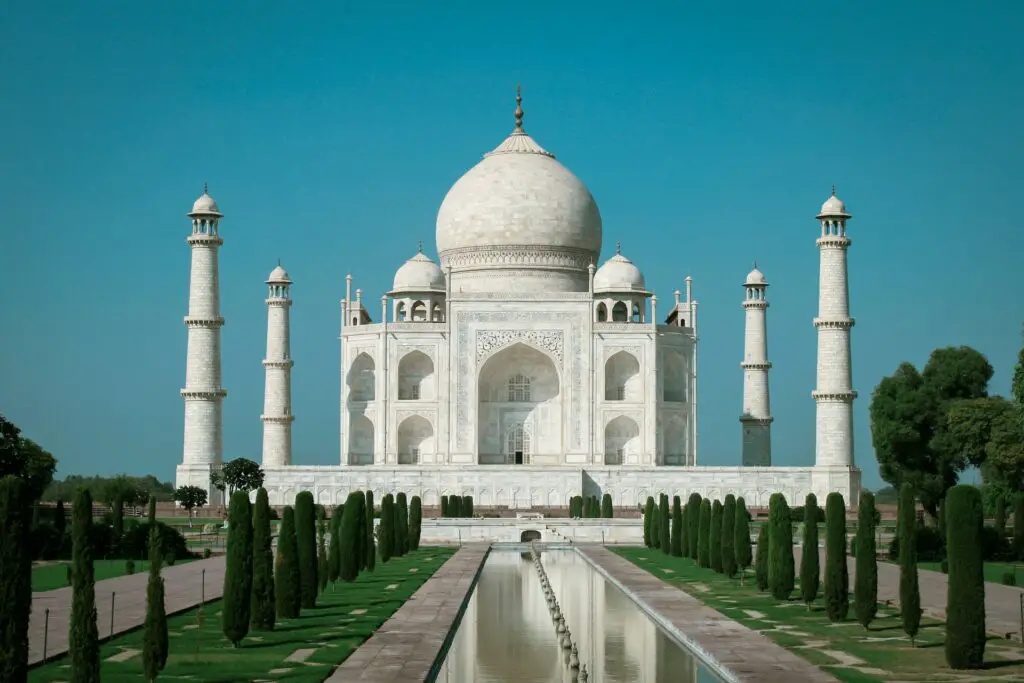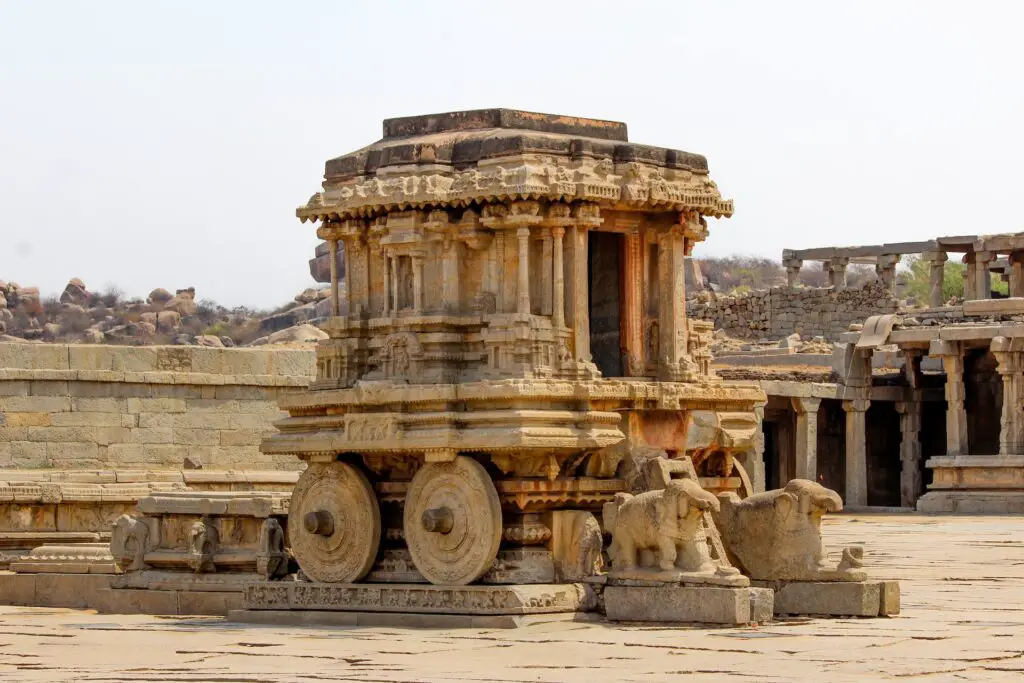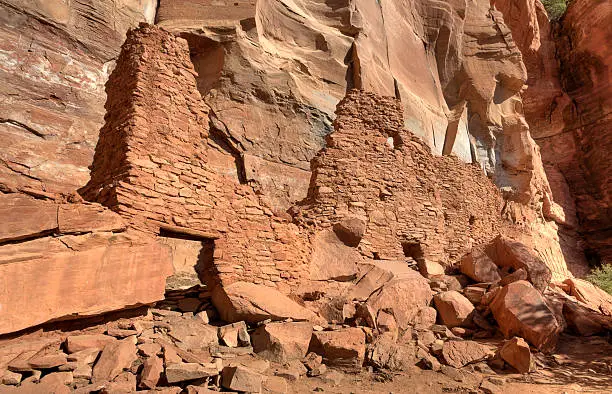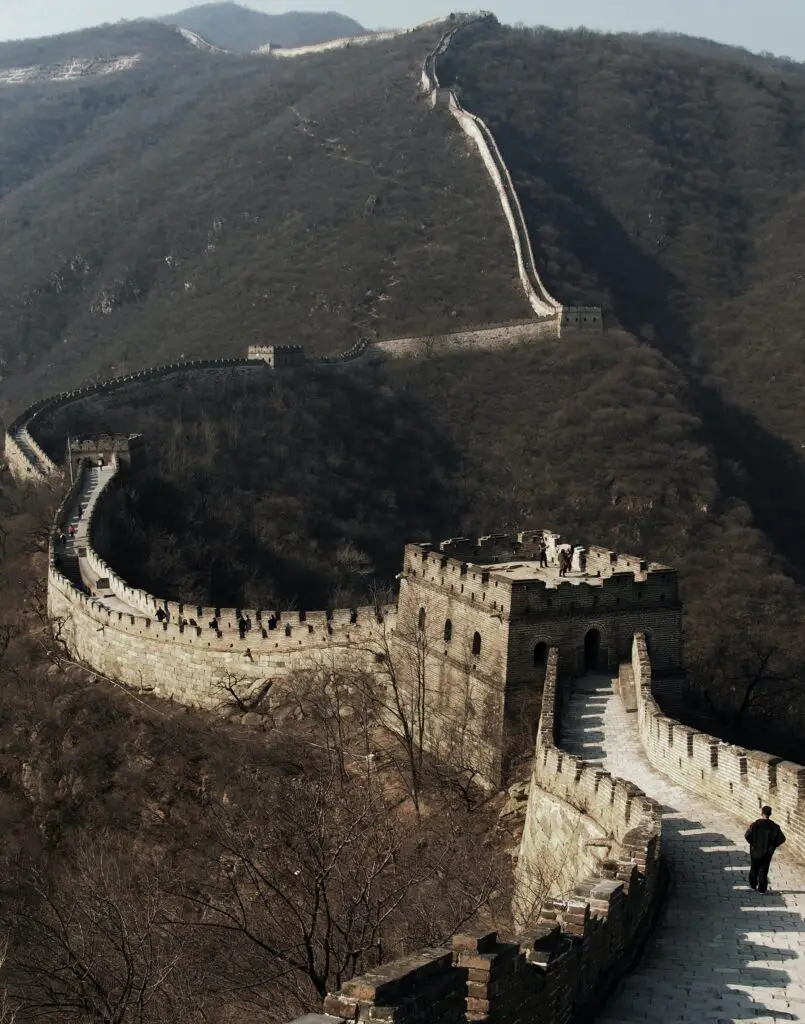
Easter Island is a remote volcanic island in Chile’s Pacific Ocean. Often called Rapa Nui, Easter Island is home to world famous giant Moai stone statues and other major archaeological sites which were crafted and created by the local indigenous Rapa Nui peoples between 1250 to 1300 years ago. The island is home to many archaeological, historic and cultural heritage sites, making it one of the UNESCO World Heritage (in 1995), today stand as part of the Rupa Nui National Park.
Under Easter Island approximately 800 to 1000 Moai statues are located and each statue is 13 feet tall and 13 tons of weight. Even today this world is so amazed and a matter of discussion about the quantity of the Moai statues besides its impressive size. Considered as one of the most isolated places on Earth, Easter Island is one of the renowned travel destinations in Chile.
Related Search: Salar de Uyuni, Bolivia.
History of Easter Island
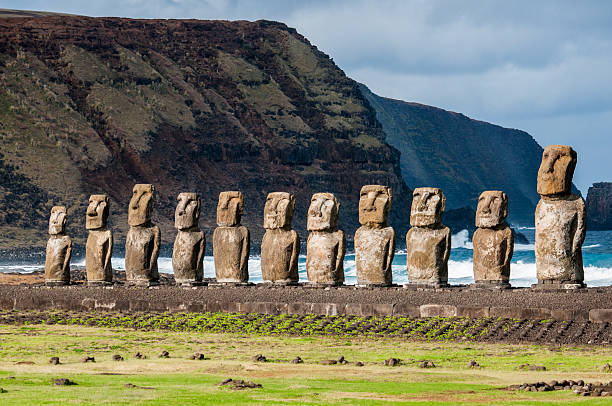
Understanding the history of Easter Island naturally starts from early settlements and inhabitants. Go back to the 1000 AD, when Te Pito o te Henua and Mata ki te Ranji tribes started living under palm trees. Subsequently, Hanau Momoko (today’s Rapa Nuit peoples) and Hanau Eepe dominated a major part of the island.
Till 1200 AD Pito o te Henua took control of the island and they exclusively dedicated themselves to grow their cultures, legacy and customs throughout the island. Additionally they took some initiatives to leads their daily life such as agriculture, livestock farming and stone works. Interestingly they are the first peoples who developed present traditional rectangular stone platforms.
During the 1700 to 1886, Moai carving period ended, indigenous tribes started dedicating themselves to birdman competitions. In 1722, the first European named Admiral Jacob Roggeveen, a Dutchman, who explored the Island first and person also gave the title of Easter Island since he arrived on Easter day. From the early 19th century onwards more Europeans started to visit Easter Island and it got more popular outside of the world. But during 1888, Easter Island was officially collaborated with Chile.
Today Rapa Nui holds only around 3000 native peoples and their social languages are not widely spoken. Most of them shifted their languages to Spanish, along that most of the Rapa Nui peoples don’t have depth about their ancient Rapa Nui languages. However, the government also takes initiatives called CONADI, well planned projects that help to preserve the native cultures.
What to do on Easter Island?
1. Take a Look at Moai Statues at Ahu Tongariki

The most iconic attraction in the entire Easter Island is Moai Statues. These are 1250 to 1300 years old stone statues crafted and created by the local indigenous Rapa Nui peoples. Located in the remote volcanic island not withstanding sun, wind, rain, fire and lichen. One of the UNESCO World Heritage Sites, it spans roughly 63 square miles, out of 28 protected as national parks. These statues are built between 400 and 800 CE, today the island is home to 800 to 1000 statues and each statue is 13 feet tall and 13 tons of weight.
2. Explore Rano Raraku Quarry

Rano Raraku Quarry is often known for the place where Moai statues were carved. Along that, Rano Raraku is a main quarry for massive monolithic sculptures especially existed between 12 and 15th centuries. This quarry is filled with volcanic tuff, a volcanic stone and other homogenous stone types. According to some estimates Rano Raraku excavated 1,000 statues that have been used for ceremonial platforms by the Rapa Nui peoples. Today the place holds 397 moai quarries, some are carved and some are removed from the bedrock.
3. Take a Walk in “moai path”

Moai Path is a long walking trail where we can enjoy most of Easter Island’s beauty. One of the ancient roadway offers a total 25 km of long way starting from Rano Raraku quarry to Ahu ceremonial platforms around the island. The interesting part under the moai path is it passing through where most of the moai statues were carved and situated. Since the path is outcrops of dark rock and swathes of reddish bare earth, horse riding is a more recommended things to enjoy. This 4 hours of walking has historical values that took centuries before these stone giants.
4. Watch Volcanic Crater of Rano Kau

Rano Kau is the largest volcano in the entire Easter Island making it one of the most beautiful and impressive natural settings to watch. The crater spans 324 meters in height, numerous flows of basaltic lavas and ashes spread across the island during the formations of this volcano. This volcanic crater of Rano Kau also offers a well preserved ceremonial village called Orango and offshore of Motu Nui and Motu Kao Kao. Never miss to take hiking and watching the history and culture of the island at Birdman competitions.
5. Learn Island’s Rich History
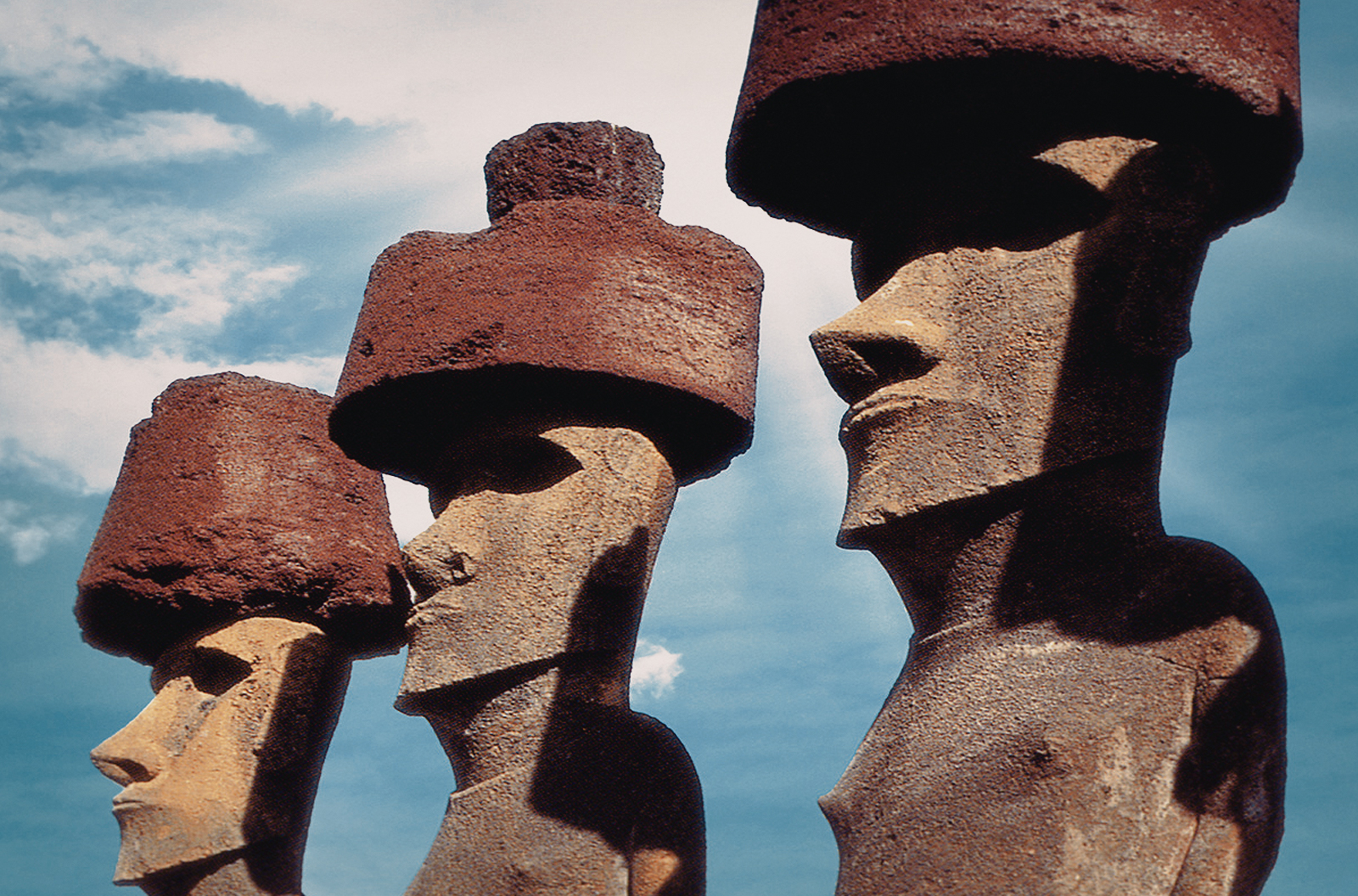
Perhaps Easter Island is not just popular for its attractions, moreover its rich historical background makes it one of the greatest islands on earth. There is some evidence showcasing that island has deep historical significance such as petroglyphs, Moai statues, Rano Raraku quarry and cultural evidence of Rapa Nui tribes. Additionally, Moai graffiti and western style ship with three masts also explain its history. Even today we can see there are some evidence of ruinous populations collapse and DNA samples of inhabitants.
6. Discover Ceremonial Stone Village of Orongo
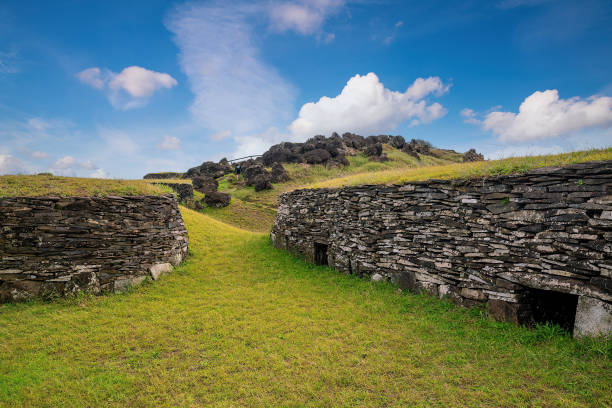
Orongo is a ceremonial stone village made and used by the Rapa Nui indigenous peoples during the birdman era. Situated in volcano Rano Kau, the majority of these stones are Kehu and each are flat, solid and each stone is filled with small pockets of air in nature. And these Kehu stones also used to build houses called boat houses most commonly called hare vaka. Since it was made by the strong and massive rocks making it most surviving ancient houses in the world and over a century had varying extents, it has fallen apart. Here major contributions goes to Mr. William Mulloy, an American archaeologist, person who takes initiations to restore and preserve these houses.
7. Enjoy Your Maunga Terevaka Hiking

Maunga Trevaka is an island’s highest point that starts from the northern end of Easter Island where backpackers more clearly watch three volcanoes at one place. Often called Mount Treveaka, the hiking trail includes moderate routes passing through several craters, slopes and islands, including most iconic Ahus and ceremonial centres of Rapa Nui culture. The island’s highest point (507m) where backpackers can explore either through horseback or foot. From the top of the Maunga Terevaka, backpackers can see 3 verticals of Rapa Nui and Rano Aroi volcano under different sorts of native floras.
8. Enjoy Local Rapa Nui Cultures and Dance Performances
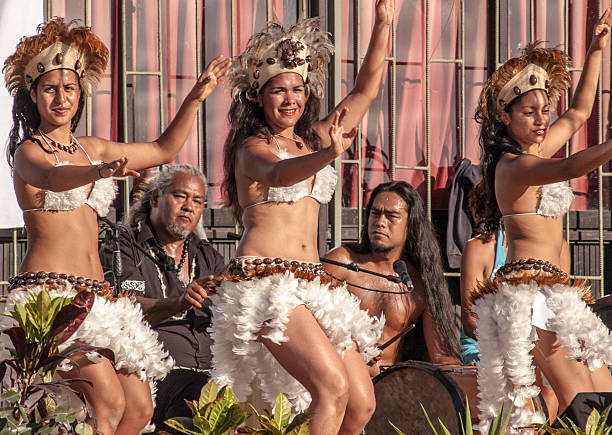
Besides its historical and native importance, Easter Island boasts more enthusiastic cultural and traditional dance performances such as Sau Sau, Hoko and Aparima. Most of the dance performances are performed during Tapti Festivals, during region is filled by the music venues, traditional sports, and competitions for locals on how to preserve and showcase their unique heritage, legacy and history. If you want to learn, enjoy and indulge these cultural dance performances better to take cultural tours offered by the Easter Island Travel or evening shows at rapanuiculturalexpereince.com.
9. Visit Ana Kai Tangata Caves
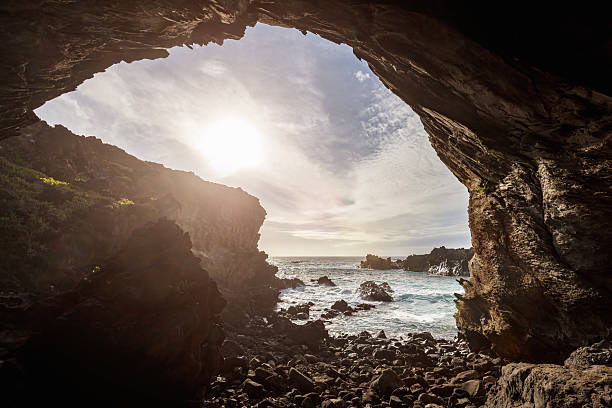
Ana Kai Tangata Caves is the most accessible caves in the island often called “Cave Eat Man”, this is the cave where men eat. Often called the Cannibal Cave, where we can watch the most amazing waves roll along with ancient painted images of ships and sacred birds. Since it is located right in front of the sea, it helps us to watch most rock art and other mysterious facts. Caves are 10 m wide, 5 m high and 15 m long have close proximity to the south of the island. Make sure that caves are considered as bird scared and symbol of Tangata Manu, a bird man cult.
10. Relax at Ankena Beach

Keeping your time in Ankena Beach during Easter Island could be more worth one. The only sand beach on the island is often known for its warmer, calm atmospheres and turquoise water surrounded with palm trees and coral sands. Located in the northern part of the Island, Ankena Beach is a more ideal beach for a picnic area for family travelers and located where visitors can easily reach nearby Moai statues, and Ahu Nau Nau. Do not miss out on swimming, scuba diving, and snorkelling if you are an adventure backpacker.
Best Time to Visit Easter Island
Your entire Easter Island trip based on what time you are visiting? Visiting this island is a crucial task, and we insist every visitor explore this island during April- May and September- November.
These months witness the warm climate of the Southern Hemisphere with the light crowds making it an ideal season to enjoy Taptai Rapa Nui festivals, horseback races, dancing, and triathlon, swimming and canoeing.
Additionally, these seasons offer pleasant and mild temperatures that help us to discover moai statues and landscapes.
How to Get to Easter Island?
1. By Air
Getting to Easter Island is not a big task, since it is located where Mataveri International Airport is close. The airport receives Chilean carrier LATAM, but they must fly through Arturo Merino Benitez International Airport in Santiago, Chile. If you are an U.S Passport holder and you need not hold any sort of visa to enter Easter Island for up to 90 days, it is completely free.
2. By Boat
Another easiest way to reach Rapa Nui is by boat. Some of the major Boat services including Silversea and Seabourn offer timely cruise and sailing to the island.
Related Search: Travel Chichen Itza.

